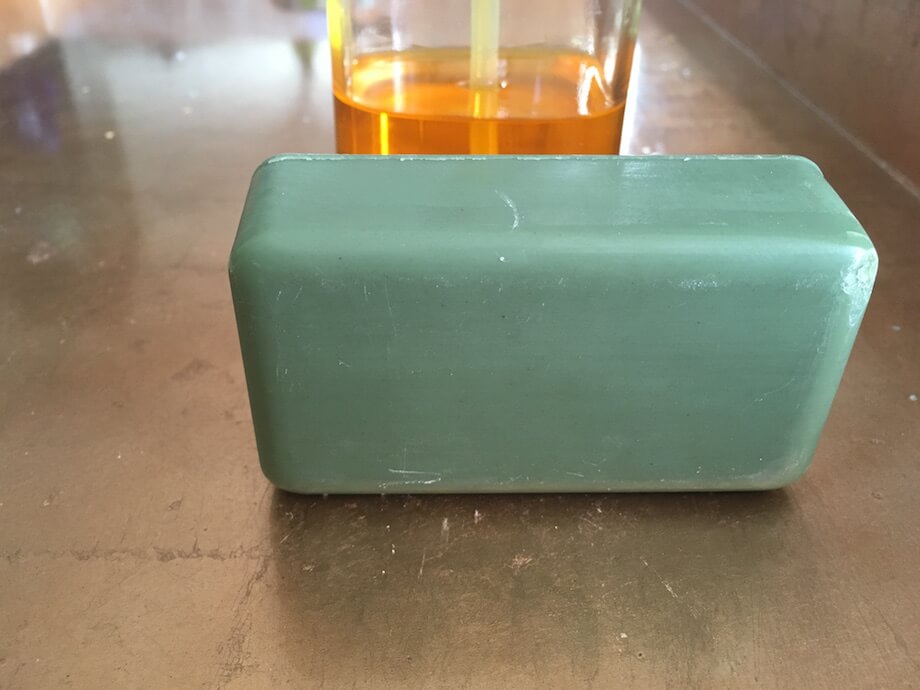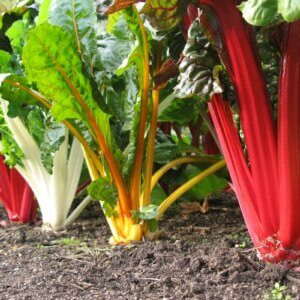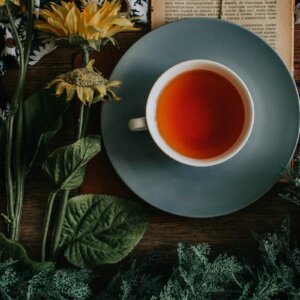If you care about the environment, buy bar soap.
The force behind this directive comes from Zurich’s Institute of Environmental Engineering. Scientists there assessed three categories of cleaners: laundry detergent, body soap, and surface cleaners.
The goal was a first-ever life cycle impact assessment (LCIA) of these types of products. An LCIA takes into account the environmental cost across the product’s lifetime:
- Manufacturing
- Transport & Storage
- Use
- Disposal

This information wasn’t all in one place. The scientists had to use industry data, customer behavior studies, and information from the ecoinvent database, an extensive repository of product lifecycle information. (Expensive too, access to the database costs around $4,000/person.) In some cases they had to contact the manufacturers themselves.
All their hard work led to one win and two draws. There isn’t much difference in the environmental impact of powdered vs. liquid laundry detergent, or bathroom cleaner vs. kitchen cleaner. But they did find one clear winner: bar soap.
Let’s look at their findings.
First, the scientists found that based on consumer studies, in a one-time, 30-second hand wash, people used .35g of bar soap, and 2.3g of liquid soap. It takes more than six times the amount of liquid soap to accomplish the same task. It’s like the difference between driving to work in a Chevy Volt or a Ford Expedition. You get to the same place, but you use a lot more gas to do it.
This puts liquid soap in a hole right away, before the life-cycle comparison even really begins. If 6x more of a product is needed to do the same task, then that’s 6x the raw materials to manufacture it, 6x the space in the truck needed to transport it, 6x the shelf space in the heated store to present it to consumers.
The starting gun goes off with production—and immediately liquid soap falls far behind. The scientists found that liquid soap has 10x the carbon footprint of bar soap. Two major culprits here: The chemicals that are used to manufacture liquid soap, and the fact that the soap is packaged in wasteful plastic.
Moving onto storage and transport, liquid soap falls even further behind. Liquid soap isn’t packaged very efficiently—while bar soap is packaged in stackable bars. All those little bits of wasted space in the boxes and shelves adds up.
During use, liquid soap gets a little bit of bar soap’s lead back. People use about 30% less water when they wash their hands with liquid soap than with bar soap.
Sadly for liquid soap fans, this slight clawback disappears when the researchers assess “end-of-life” or disposal. The chemicals used in liquid soap require far more wastewater treatment than those used in bar soap. And the plastic containers liquid soap comes in are often incinerated…so is bar soap’s packaging, but there’s much less of it.
The study’s authors do open up some possibilities for liquid soap adherents. If folks bought liquid soap in bulk, bringing their own containers to the store, it would cut down on the wasteful transport and disposal of all those plastic bottles.










































Leave a Reply